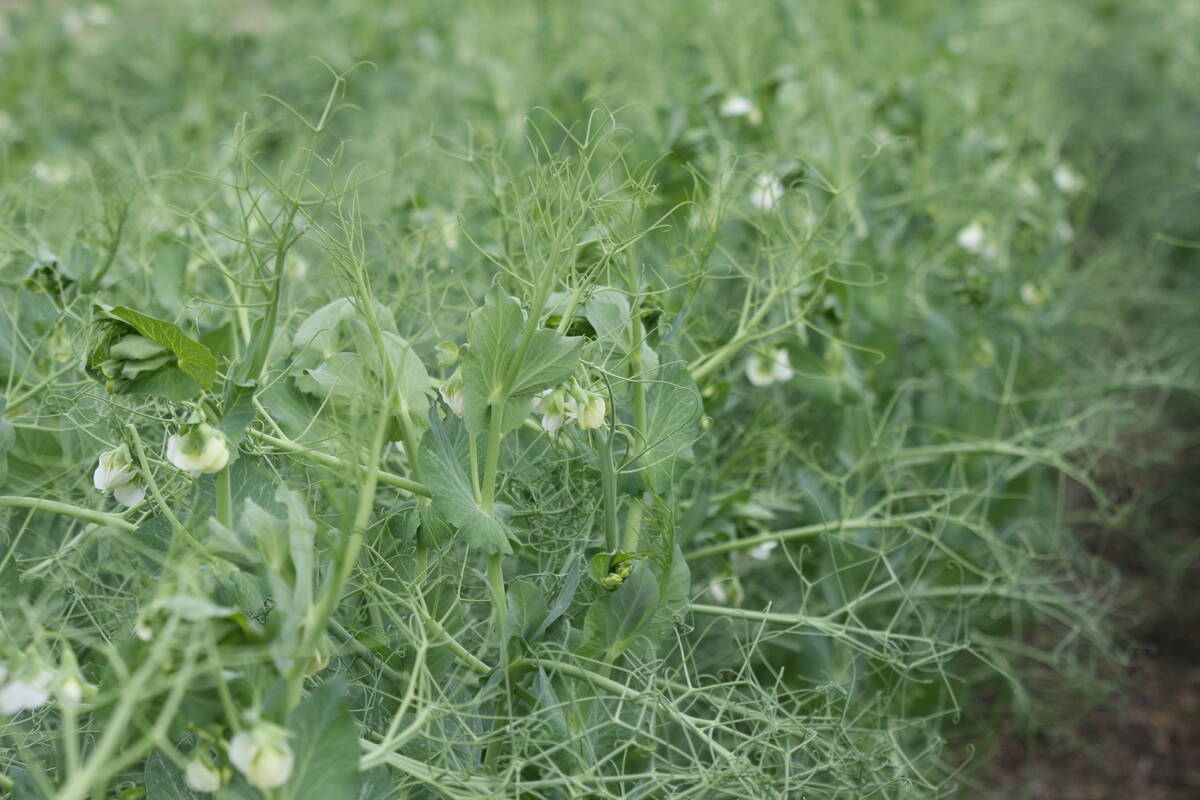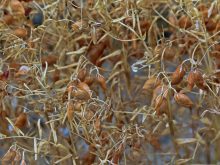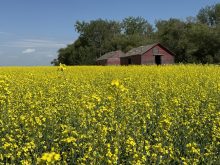SASKATOON — Russia has a good crop of pulses on the way, contrary to recent reports, says an analyst from that country.
Stat Publishing had indicated in a recent article that Russia’s crops are in trouble.
“Reports of a reduced pulse harvest in Russia are playing out in export markets,” the publication said in an Aug. 8 article.
Read Also

Farmers asked to keep an eye out for space junk
Farmers and landowners east of Saskatoon are asked to watch for possible debris in their fields after the re-entry of a satellite in late September.
“Normally, Russian peas and lentils are discounted to Canadian. In the past week, they were almost identical.”
Sergey Pluzhnikov, chief executive officer of Russian Pulses Analytics, does not agree with that assessment.
He is forecasting an increase in Russia’s pulse production.
Pluzhnikov said farmers were initially going to cut back on chickpea area due to lacklustre prices, but weather changed those plans.
“The low-snow winter in the Volga region put winter grain crops in a dangerous position and they had to be replanted,” he said in a text message.
Farmers in the Saratov oblast are familiar with growing chickpeas and used up all the available seed supply.
“So, we are forced to move from forecasts of a downward correction to the realization that chickpea area has grown,” said Pluzhnikov.
Peas are cultivated all over Russia, so local weather problems in the Rostov and Krasnodar oblasts were easily offset by harvests in central Russia and Stavropol.
It is too early to determine the size of Siberia’s pea crop because rain often interferes with harvest in that district. He believes the total harvest volume will be up compared to last year, but it remains to be seen how much will be in marketable condition.
There was an increase in lentil area as farmers expanded cultivation beyond the Altay and Saratov oblasts. They are now growing green lentils in Volgograd as well as small green and red lentils in Stavropol and Vladimir.
Pluzhnikov is forecasting 4.5 million tonnes of pea production, with most of that being yellows.
He believes growers will harvest 800,000 tonnes of kabuli chickpeas and 600,000 tonnes of lentils, with a 50-50 split between greens and reds.
Pulse markets have been trending lower for most of 2025. Pluzhnikov thinks that is due to a lull in demand rather than an oversupply.
India and China are in no hurry to buy in a falling market because they are still working through past purchases.
“The balance of supply and demand is very comfortable,” he said.
For instance, there is no shortage of pigeon peas in India this year, which was not the case the past couple of years.
“This is dragging down green lentils,” said Pluzhnikov.
Canada and Australia have decent crops of red lentils on the way, which is keeping a lid on prices.
Russia’s high-yielding kabuli chickpea crop and another big crop of desis in Australia are preventing chickpea prices from rallying.
Buyers are testing pulse suppliers to find out how low prices can go.
“In my opinion, the prices of legumes are already quite attractive, and we need to start working with this,” he said.
Canada has a leg-up on Russia in certain export markets due to its perceived superior quality, said Pluzhnikov.
“We see this in Turkey, where traders constantly turn to arguments like, ‘at the price you are asking for, we can buy Canadian quality,’ ” he said.
However, he contends Russian quality is often comparable.
“Turkish, Indian and Chinese customers have said many times that there is often no difference in the quality of Canadian and Russian pulses at the beginning of the season,” said Pluzhnikov.
He said it is undeniable that Canada has done a good job of branding its pulses as top-notch quality.


















